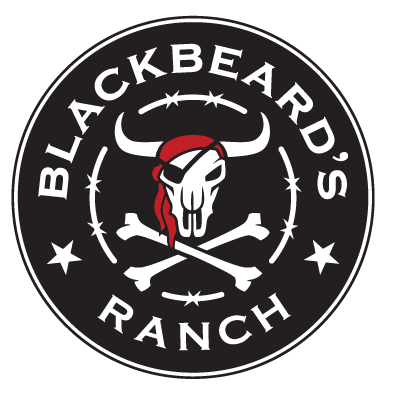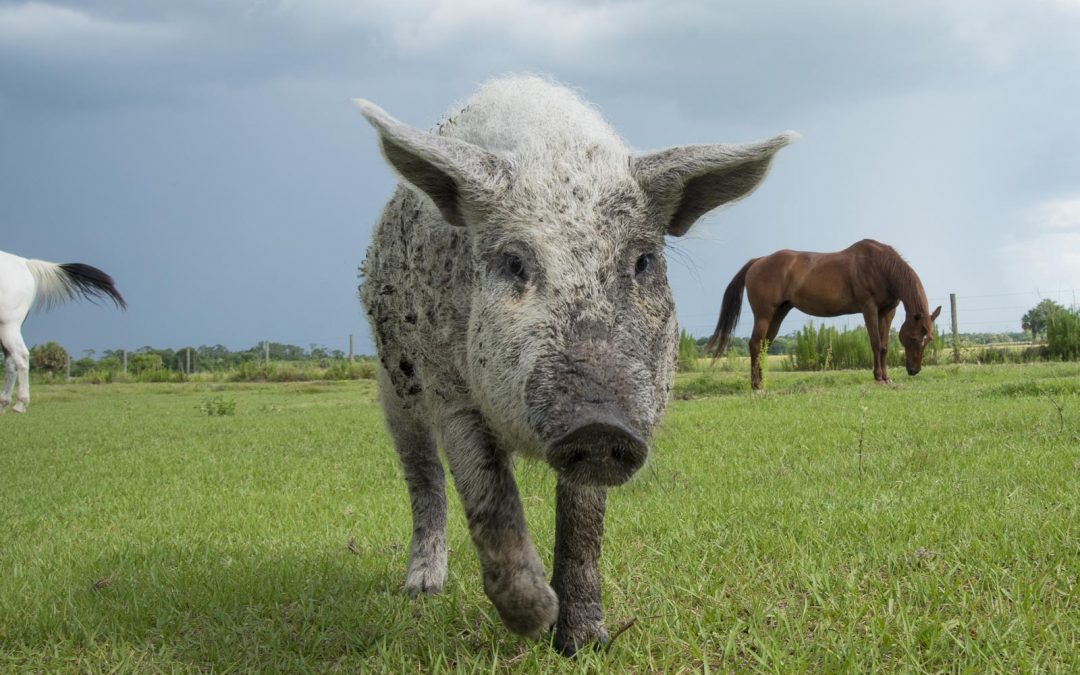By Sean Murphy, owner of Beach Bistro
It was a John Wayne moment.
I was walking through the Bistro bar and there was John Wayne wearing the biggest, whitest cowboy hat I had ever seen.
He was leaning John Waynish against the corner of the bar rail.
He said, Wayne-like, “ Are you Sean Murphy ?”
I heard, “Well Pilgrim, are you Sean Murphy?”
I reached for leather but steadied myself and said, “Yes sir I am.”
He said, “We have to talk, I have the best pigs in the whole world.”
I said, in awe, “You have Mangalista pigs…?”
He said, “Well I’ll be damned. You know about Mangalista pigs,..?”
I said, “Sir I have been searching for Mangalista pigs for years.”
And a friendship popped right out of the bar floor.
I spend part of every day searching for the best food on the planet.
Part of the Bistro formula is to only serve the best stuff we can find…and we are relentless in that search.
We have prime American beef and the world’s best ducks and Domestic Lamb and Real American Shrimp and Real Gulf Grouper and …..
Mangalistas are the world’s best pigs.
I had been tracking them for years.
There were Mangalista reward posters on my walls.
The Mangalistas were historically from Spain and had travelled to Hungary centuries ago.
I had learned that the Mangalistas did not wallow in mud and waste but trotted through forests and ate acorns. They were cute and furry and were reddish…and so was their meat …and it was marbled and delicious.
About five years ago I had tracked down a small herd in Vermont where they were being raised by a hippy farmer. I located the farmer and convinced her to sell me half a pig.
That hippy’s pig had no reason to be proud of its condition when it arrived.
We were convinced her boy-friend the axe-murderer had hacked it up with a chain saw.
We made delicious stew and moved on.
And now here was John Wayne sitting at my bar and telling me he had Mangalista pigs.
I was thrilled – and then later much pleased – to learn that John Wayne was really Jim Strickland, one of America’s foremost cattle ranchers, and that he had a passion for breeding animals and for the kind of sustainable grazing that could also help cure our red tide problems.
I learned that grazing land is the closest condition we have to a natural run-off environment and that it produces the least amount of fertilizers and chemical waste that run into our gulf waters.
When I visited Blackbeard’s Ranch I met his partner in conservation and conscience, Julie Morris, one of the state’s foremost conservationists.
Julie works tirelessly to keep Florida’s interior in a state as close to its natural state as possible.
I was also introduced to Blackbeard honey and Blackbeard prime rib-eye steaks.
Blackbeard Mangalista’s and Rib-eyes and Honey have already found their way onto treasured positions on Bistro Menus and they are all marvelous.
On that visit to Blackbeard’s ranch I had something of an epiphany.
Blackbeard the pirate had supposedly buried his treasure on Oak Island in my native Nova Scotia.
Like most Nova Scotians I had watched thousands of “outsiders” waste millions trying to find Blackbeard’s treasure.
Yet I had found real culinary treasure on Blackbeard’s Ranch right here in Florida at the head waters of the Myakka River.
In my own bar I had found a cowboy with a world-class product and a world-class story.
Lucky Pilgrim.

